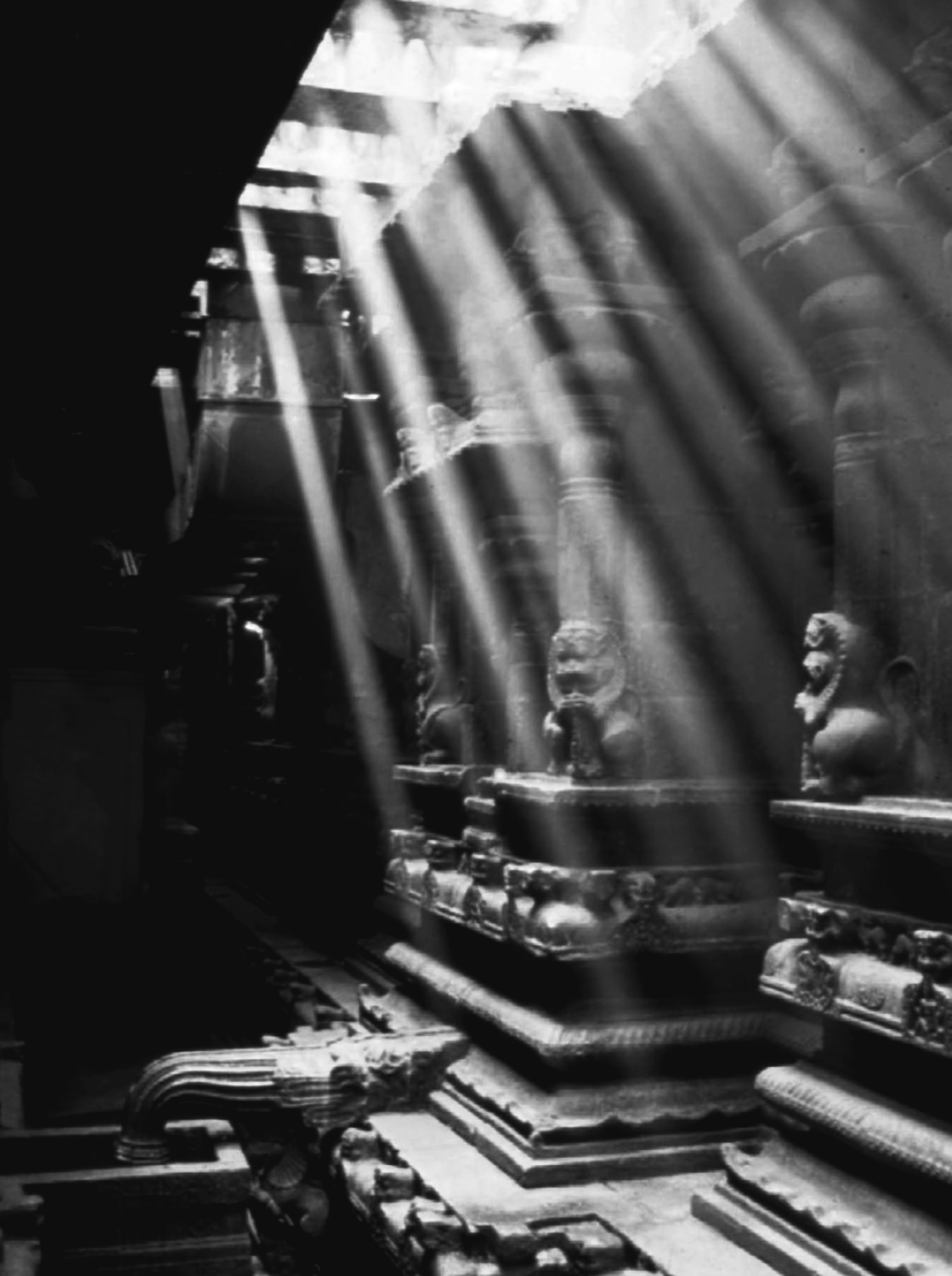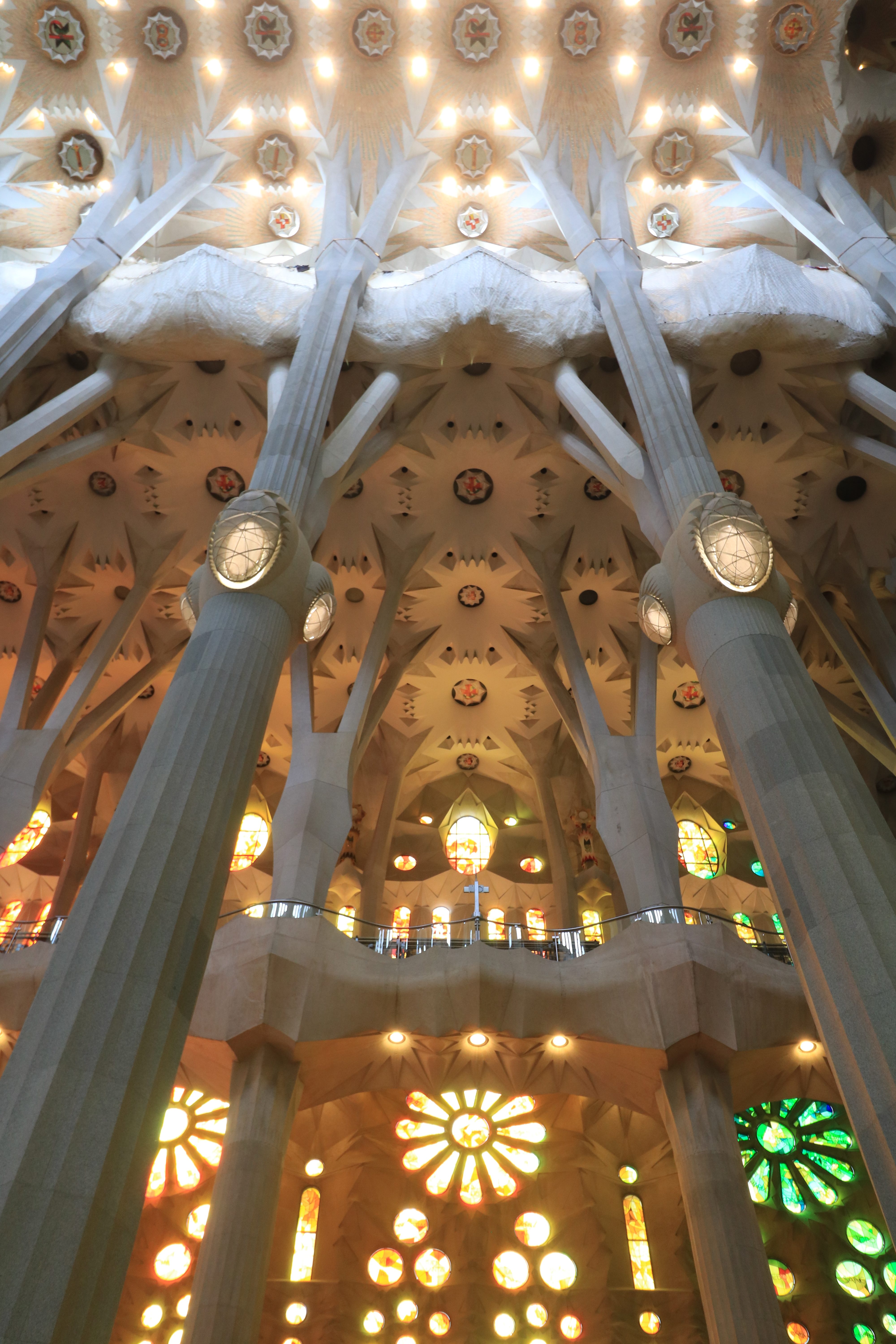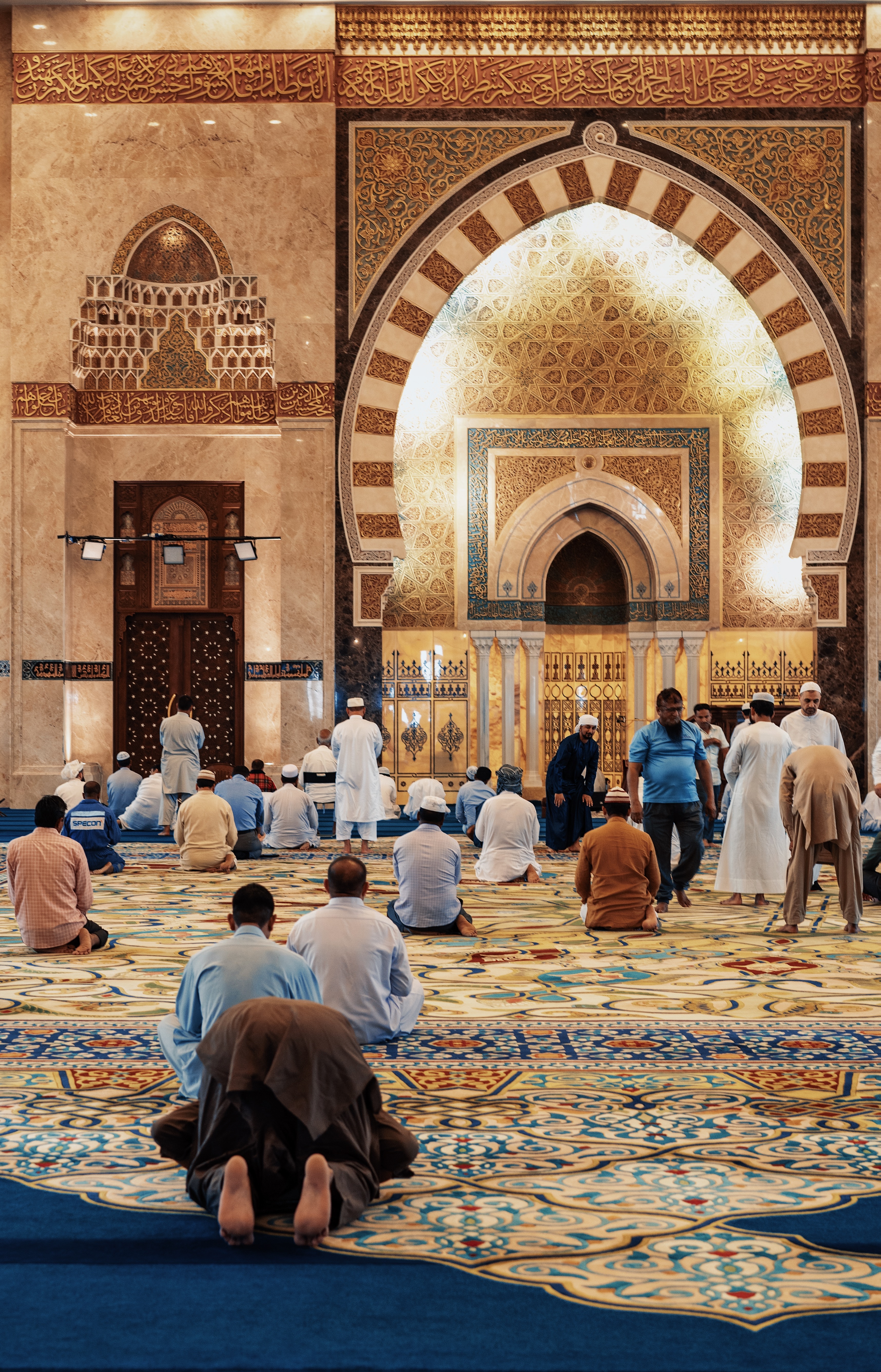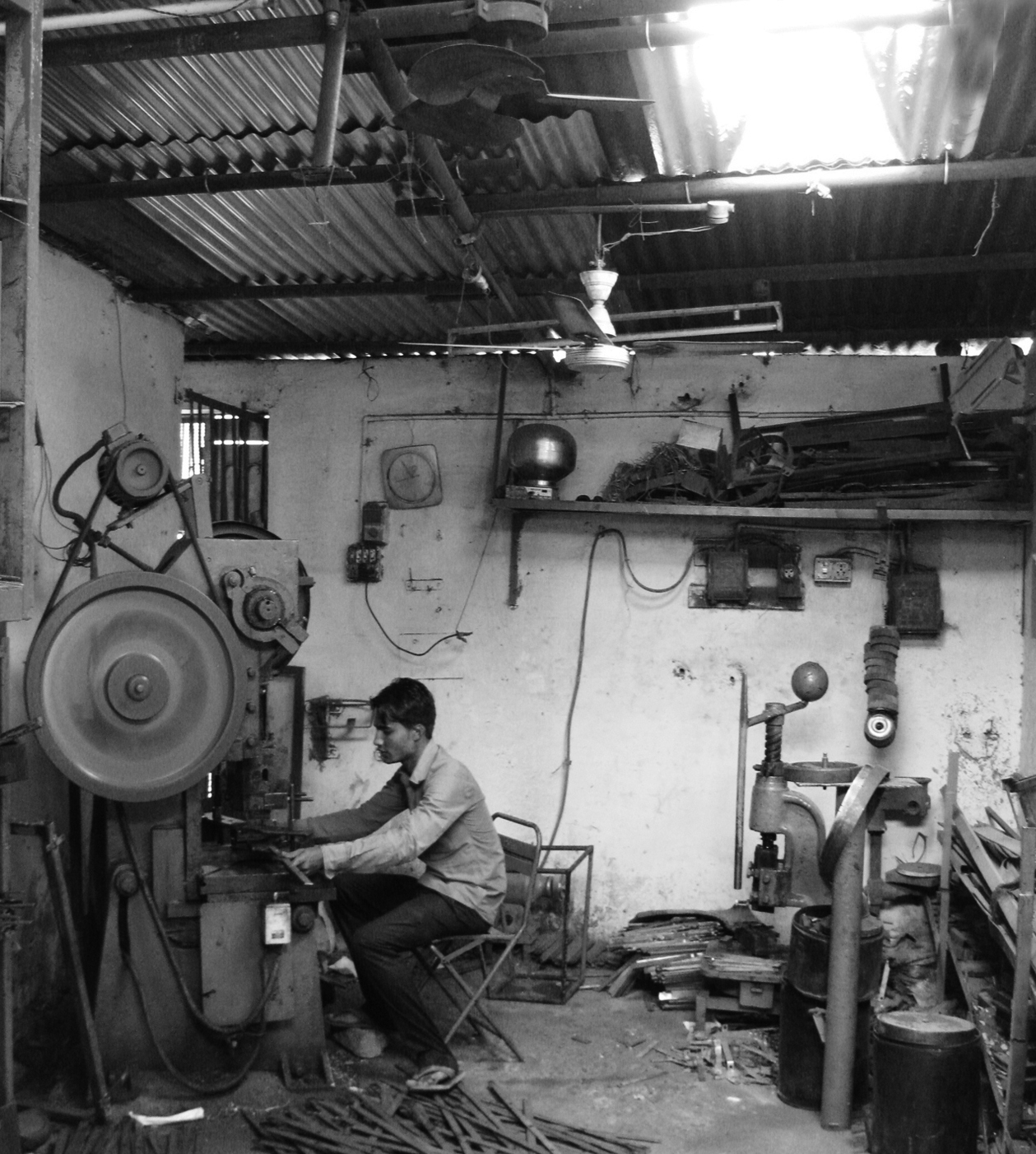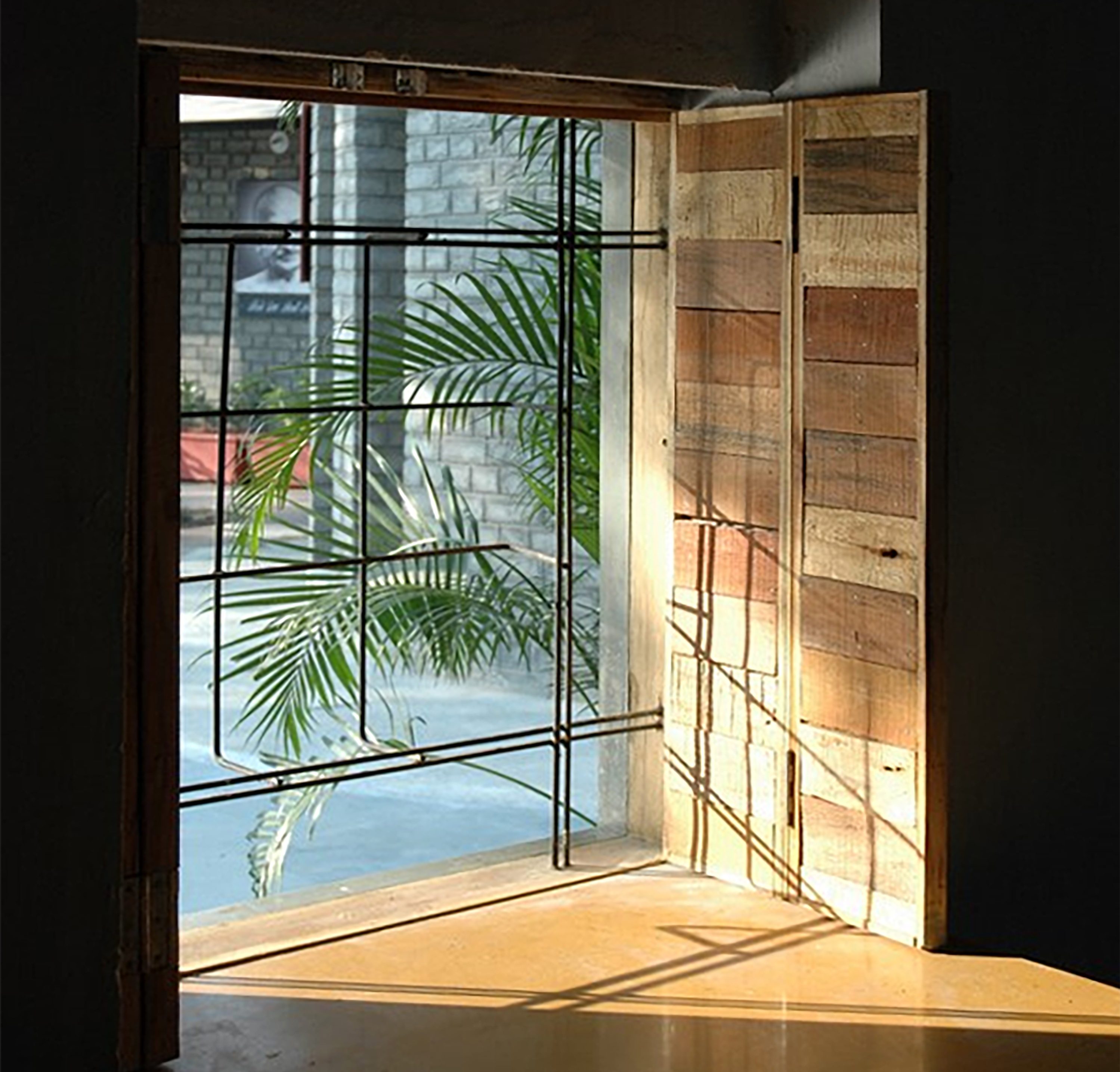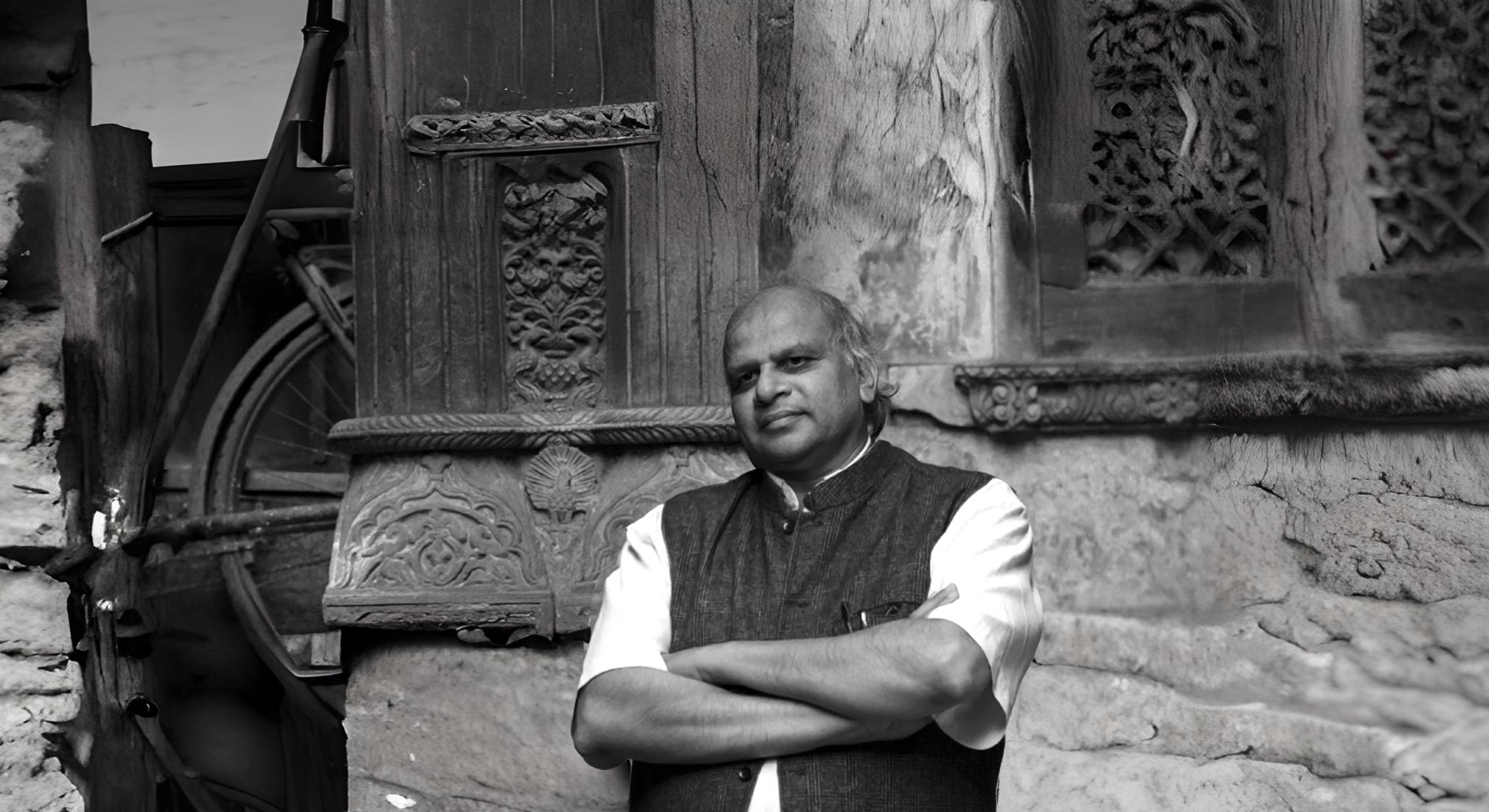Sculpting Nuances of Spaces to Shape Notions
Space Design & It's Ambit
Design is essentially a dialogue. A dialogue between conception and perception. As space designers, we encode the clues, while the onlooker deciphers and decodes the same. Simple as this may sound, complexities emerge due to the nature of communication a space perception entails. Unlike the other
forms of art, spacemaking does not have the luxury of creating actual scale mock-ups to respond to. Space designer’s training, therefore, involves visualisation of space before getting released in actuality and predicting its impact in terms of desired human responses. Space conception is not only about its visual outcome as form but rather its feel and ambience. Thus, spacemaking is not just an act of building an edifice but creating a spatial construct that engages and emotes. Space can condition human responses. It can influence moods and condition minds. It is this aspect of spacemaking that makes our professional training stand apart from those of engineers, artisans, or builders. Design, thus, is not about asking a single question and finding a single answer to that question. Instead, it is about asking many questions, finding many answers to each of these questions, and then picking one answer that answers most questions. A holistic resolution is a result of multiple concerns.
Any space design, for its holistic outcome, must be sieved through six fundamental filters.



